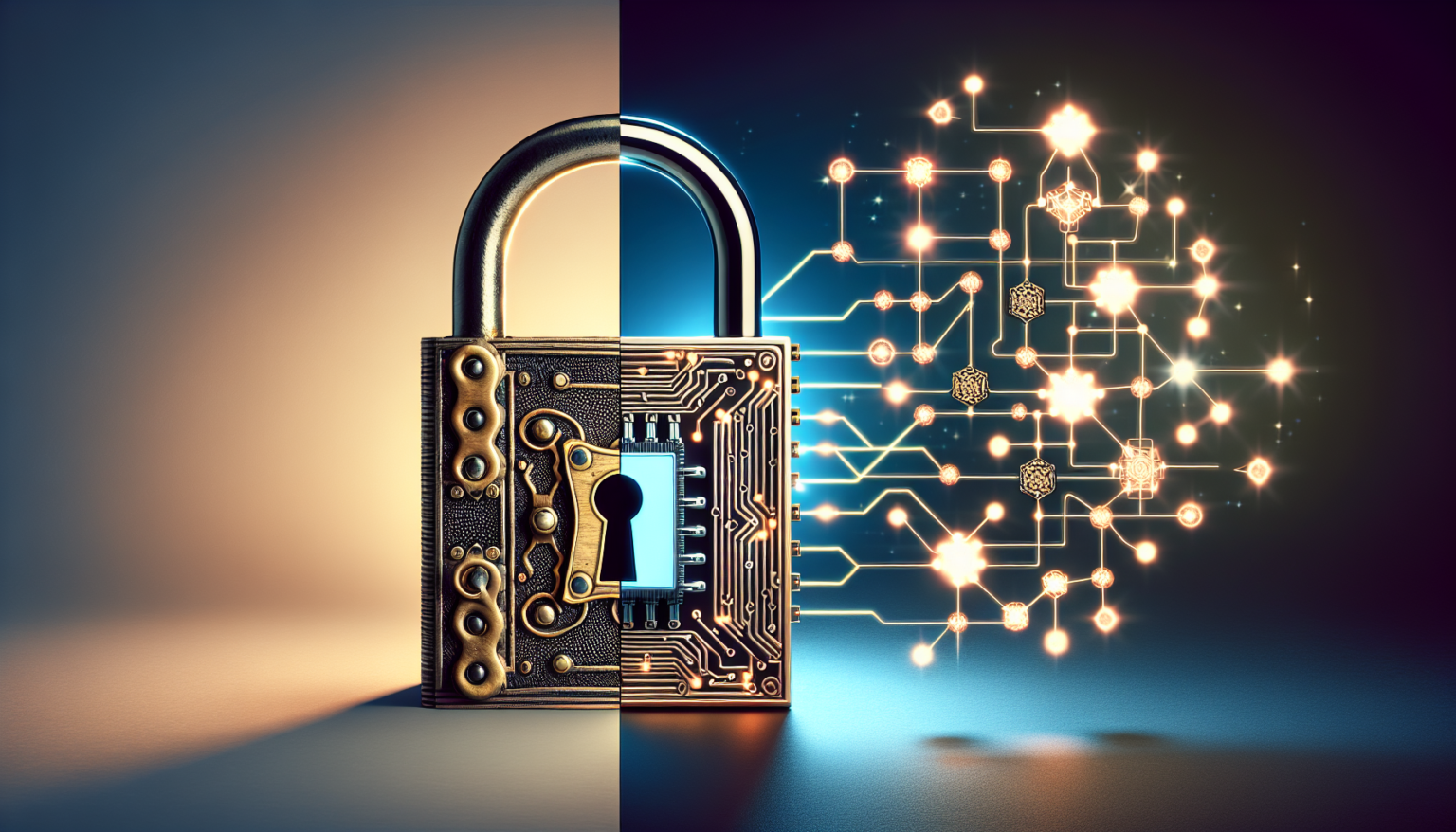The Evolution of Traditional Security Methods
A Brief History
Security methods have evolved significantly over the ages. From physical barriers like walls and moats to the intricate layers of cybersecurity we use today, the tools and techniques have adapted in response to emerging threats. Traditional security measures primarily focused on safeguarding assets and information using encryption and basic access controls. Yet, as technology transformed our interactions, these methods faced increasing scrutiny and limitations.
The Role of Encryption
Encryption has been the bedrock of traditional security setups. By encoding sensitive information, organizations aimed to prevent unauthorized access. Over the years, symmetric and asymmetric encryption algorithms, such as AES and RSA, became staples in data protection. However, as robust as these methods were, they developed some critical vulnerabilities, especially as computational power grew.
The Weaknesses of Traditional Encryption
Despite its advantages, traditional encryption has inherent flaws that attackers can exploit. For instance, advancements in computational techniques, including brute force attacks and algorithms designed to target specific encryption methods, have made it necessary to rethink these security frameworks.
Protecting Data in Transit and at Rest
The emergence of the internet revolutionized how information flows and the need for securing data both during transmission and while stored. Organizations implemented various protocols, like SSL/TLS for secure web communications and encryption techniques for data at rest. However, these methods lacked the robustness against sophisticated attacks, particularly with the prospect of quantum computing on the horizon.
The Coming Quantum Shift
What is Quantum Computing?
Quantum computing represents a significant leap forward in computational capabilities. Unlike classical computers that process bits as either 0 or 1, quantum computers utilize qubits, which can exist in multiple states simultaneously. This property allows quantum computers to perform complex calculations at speeds impossible for traditional systems.
Potential Impact on Security
The potential impact of quantum computing on traditional security systems is profound. Algorithms that underpin modern encryption could be rendered insecure almost overnight, risking the integrity and confidentiality of sensitive data. For instance, Shor’s algorithm can effectively break widely used encryption methods like RSA and ECC, which serve as the backbone of secure online communication.
Understanding the Risks
As organizations prepare for the quantum future, it is critical to understand where the risks lie. Data that is currently secure may become vulnerable in a world with accessible quantum computing. For example, data that is encrypted today could potentially be stored and decrypted later when quantum machines become more prevalent.
Lessons from History: Adapting Security Approaches
The Importance of Proactivity
History shows that security is often a battle of wits between attackers and defenders. Being reactive is no longer sufficient; organizations must adopt a proactive stance towards security. This means regularly updating security measures, conducting vulnerability assessments, and preparing for potential future risks, including those posed by quantum computing.
Embracing Quantum-Resistant Algorithms
The technology community is already aware of the potential threats posed by quantum computing, leading to the development of quantum-resistant algorithms. These algorithms prioritize security in the face of quantum attacks and offer various approaches, such as lattice-based cryptography, hash-based signatures, and multivariate polynomials.
Collaborative Approach to Security
Just as traditional security evolved through collaboration, addressing quantum threats also requires a collective effort across industries, academia, and governments. By sharing knowledge and resources, stakeholders can develop more resilient systems and frameworks, creating a more secure environment for everyone.
Strategies for the Quantum Age
Layered Security Frameworks
As organizations transition into the quantum age, adopting layered security frameworks can provide additional protection. By incorporating multiple protection strategies like authentication, encryption, and intrusion detection, organizations can establish a comprehensive defense against a spectrum of potential threats.
Continuous Education and Training
To stay ahead in the game, continuous education and training for cybersecurity professionals are paramount. They must keep abreast of the latest developments in quantum computing and cybersecurity trends. This not only empowers them to spot vulnerabilities but also enables them to implement effective countermeasures.
Investment in Research and Development
Investing in research and development of quantum technologies and quantum security methods is critical. Organizations that allocate resources towards exploring quantum-safe algorithms and underlying technologies will be better prepared to face the challenges posed by the quantum computing era.
Collaboration with Tech Giants
Many tech giants are heavily invested in quantum technology research. Collaborating with these entities can accelerate knowledge acquisition and provide access to cutting-edge solutions. Partnerships can lead to innovative security applications tailored to both current challenges and future quantum threats.
Looking Toward the Future
Understanding Threat Landscapes
As we advance into this new technological frontier, understanding the evolving threat landscape is essential. Quantum computing will undoubtedly introduce new attack methodologies, and staying ahead requires a willingness to adapt and learn continuously.
Public Awareness and Policy Development
Raising public awareness about the implications of quantum computing on security is vital. This includes not only understanding the technological aspects but also discussing the ethical and societal implications of quantum capabilities. Policymakers must also develop regulations that consider and regulate advancements in quantum technology.
The Role of Standardization
Implementing standardization processes for quantum-resistant technologies can help organizations adopt secure methods consistently. This ensures that security measures are uniformly applied and makes it easier for businesses to transition to newer, more secure paradigms.
Building a Security-Oriented Culture
Finally, fostering a culture of security at all levels of an organization is paramount. From the executive team to the most recent hires, an organization-wide commitment to understanding and prioritizing security can reduce vulnerabilities and strengthen the overall security posture.
In recognizing the lessons from the past, transitioning into the age of quantum computing presents both challenges and opportunities. By learning from traditional security practices, organizations can navigate this new world with confidence and resilience.








